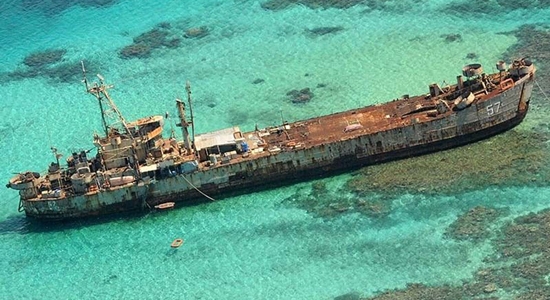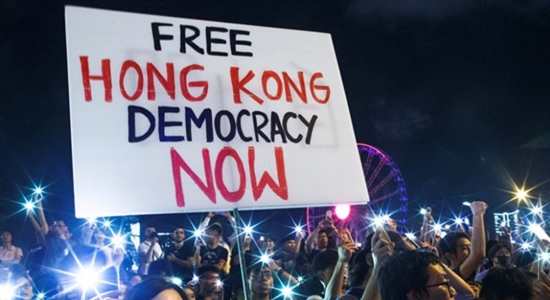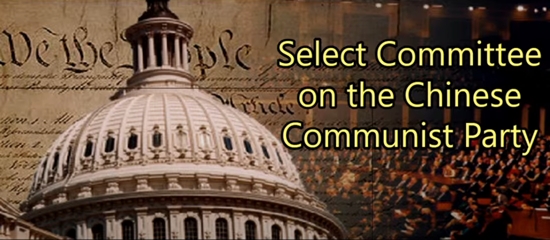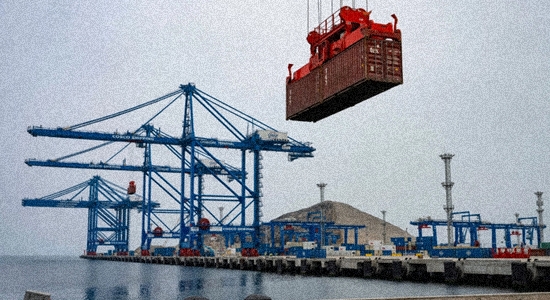
A recent agreement or nonagreement between China and the Philippines pertains to whether Philippine ships may move around unhindered in the Philippines’s exclusive economic zone.
More specifically, the agreement or nonagreement was about whether the Philippines would be able to resupply the Sierra Madre, a rusted hulk of a ship that the country had grounded in 1999 in order to stake a territorial claim, without being harassed by Chinese ships.
According to one version of the agreement, both sides, without giving up their competing claims to disputed territory in the South China Sea, accepted that the Philippines would now be able peaceably move ships to and from the Sierra Madre (shown above) to bring supplies and rotate troops. That’s the Philippine version.
Inaccurate understanding
But the Chinese ministry was soon saying that what China had agreed to was, rather, that the Philippines could continue with the resupply missions only if it gave China notice in advance, each time, and did not haul in a “large amount” of construction materials that could be used to repair the Sierra Madre or build an outpost. Unless it regards itself as conquered, no government can accept such a stipulation concerning movements of its own personnel within its own territory.
The Philippines government expressed regret that the Chinese government had expressed an “inaccurate understanding” of the agreement. More likely, the Chinese ministry had a perfect understanding of the agreement and lied about it.
Now a resupply mission has taken place, without any of the usual incidents like Chinese ships ramming Philippine ships or firing water cannons at Philippine ships or engaging in scuffles that end with a Filipino sailor losing a finger.
The agreement or nonagreement, then, was a “success”; for this day and maybe the next, we have peace in the South China Sea.
Except that, according to Reuters (July 28, 2024):
Philippine foreign ministry spokesperson Teresita Daza said on Saturday the resupply mission that day was completed without incident while Chinese coast guard vessels were at a “reasonable distance”.
However, her Chinese counterpart said that China’s coast guard was notified ahead of the mission and had “let the vessel through” after an “on-the-scene confirmation”.
Daza said on Sunday it was “unfortunate” China “mischaracterised” the resupply mission.
“Instead of acknowledging how two countries were able to manage differences in order to avoid miscalculation and misunderstanding, the spokesperson chose to misrepresent what has been agreed between the Philippines and China,” Daza said in a statement….
The Philippines’ South China Sea task force said in a separate statement on Sunday that Manila did not seek Chinese permission to resupply its soldiers.
“There was also no boarding and inspection by the Chinese Coast Guard,” the task force said.
It looks as if China has changed tactics, at least for now.
Instead of attacking Philippine ships, Chinese agents will assert that they are being advised ahead of time about Philippine ship movements, are boarding Philippine ships to make sure everything conforms to the demands of the ruler of the domain, China, and so forth—even if they are not being advised of Philippine ship movements ahead of time and are not boarding and inspecting Philippine ships.
New unstable status quo
China has been insisting both verbally and physically, by bullying, that it is sovereign over almost the entire South China Sea. For now, it will apparently no longer be confronting Philippine ships and will mostly resort instead to pretending that the ships are not doing anything without China’s inspection and permission.
China will keep saying so, and the Philippines will keep saying that this is “inaccurate” and keep inaccurately saying that China’s predations and lies involve “miscalculation” and “misunderstanding.” Until—next year, next month, or tomorrow—China proceeds to the next step of its strategy.





